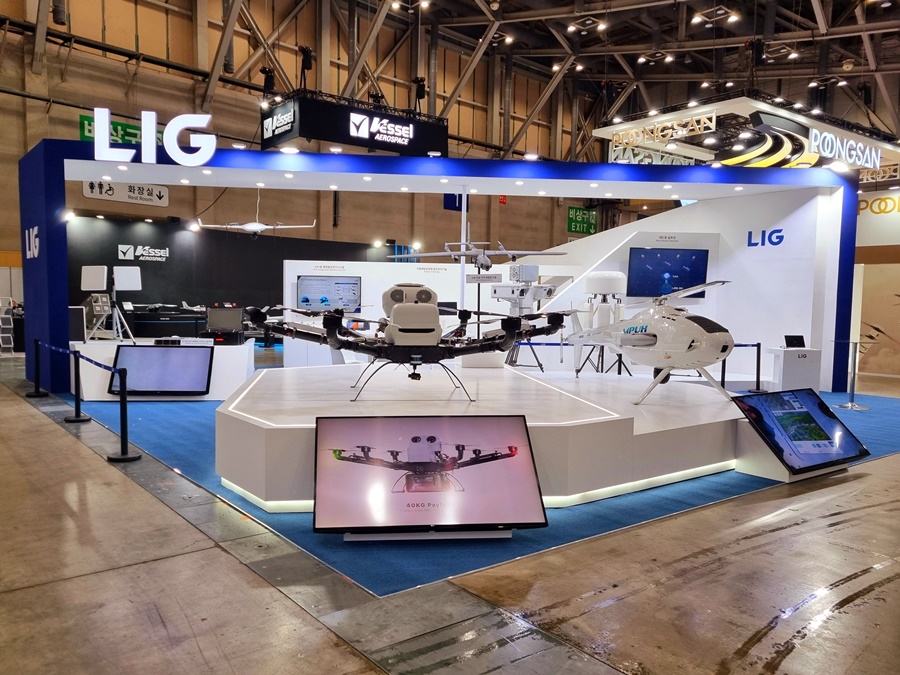News

LIG Nex1 will participate in DSK 2025, held over three days starting on the 26th at BEXCO in Busan, where it will showcase a comprehensive solution covering all aspects of drone technology,
which is drawing attention as a game-changer in future battlefields.
At this exhibition, LIG Nex1 will showcase various technologies, including the small unmanned aerial vehicle response system (Block-I) for countering drones;
small reconnaissance and strike hybrid drones; a hybrid transport drone system with a payload capacity of 40kg, multipurpose unmanned helicopters (MPUH);
and a comprehensive aviation electronic system specialized for advanced aircraft vehicles (AAVs) for future urban air mobility (UAM).
LIG Nex1 plans to highlight its advanced technologies in surveillance & reconnaissance, strike capabilities, and transport solutions for countering drones,
while contributing to the development of advanced scientific and technological forces based on manned and unmanned hybrid systems.
LIG Nex1's small unmanned aerial vehicle response system (Block-I) is a Korean-style jammer (K-Jammer) of the soft-kill type
that can detect small unmanned aerial vehicles, receive trajectory information,
and emit jamming signals to deviate their paths or induce crashes. Its development, in collaboration with the Defense Acquisition Program Administration (DAPA),
has been underway since 2022, and, once completed,
it is expected to serve as electronic warfare equipment capable of preventing North Korean drones and unmanned aerial vehicles from entering front-line airspace.
In addition, LIG Nex1, partnering with LIG System, will introduce for the first time an automatic air defense system tracking technology
that processes real-time data received from multiple long-range radars.
They will also showcase a smart day-and-night surveillance and reconnaissance drone system capable of object detection and tracking management using video data captured day and night
through an AI analysis model powered by domestically produced AI semiconductors.